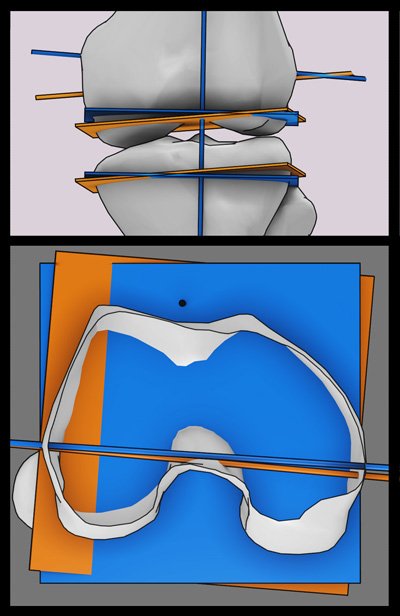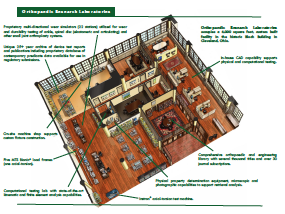Computational Analysis

The goals of total knee arthroplasty (TKA) are to eliminate pain and restore knee function to enable a return to daily activities. The classic mechanical alignment (MA) surgical procedure aspires to consistently establish neutral limb alignment, regardless of the degree of patient pre-operative varus or valgus alignment, and create a joint line perpendicular to the mechanical axis. However, the more recently performed kinematic alignment (KA) surgical procedure seeks to restore patient limb alignment and joint line to the individual patient’s pre‑diseased state. ORL’s long-term experience with KneeSim has enabled its utilization to investigate the effect these two surgical methods have on metrics associated with predicting long-term outcomes of TKA designs.

